Contributed by Info Guru Lindsay Shugerman
When you’re trying to decide what to carry in your new clothing store, the choices can get overwhelming. But once you’ve decided on the styles and the sizes, and which design labels to feature, you’re still left with one very important choice: what fashion accessories to sell in your store.
This is a bigger decision than you think. Accessories are the best way to boost per ticket totals. And they’re a great way to make small sales even when customers aren’t ready to commit to buying a whole outfit. Of course, the accessories that will work best for your store will depend on your target market. But here are ten categories of fashion extras you’ll probably want to add to your inventory.
10. Purses
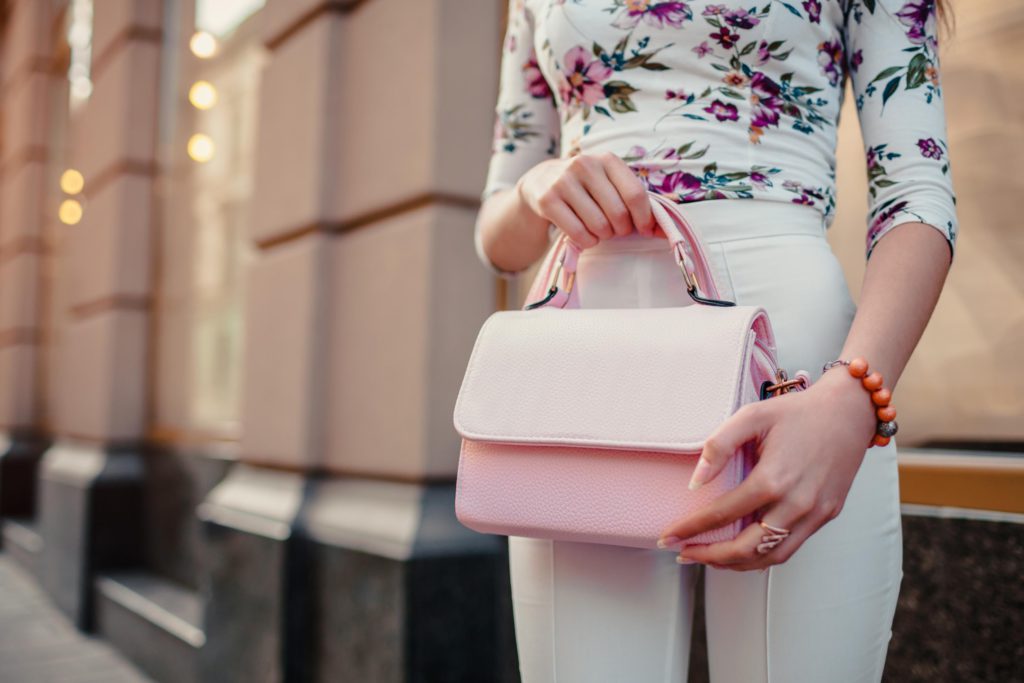
Purses in all sizes are a big seller for retailers around the country. Whether yours is a brick-and-mortar store or an online shop, you’ll want to make sure shoppers can find the right handbag for every occasion and outfit.
9. Scarves as Fashion Accessories

Year after year, fashion scarves have grown in popularity. Boutiques and shops of all kinds can benefit from adding this versatile accessory to their product mix. Consider seasonal scarves to match the change in weather, scarves in larger sizes to be used as shawls or wraps, and scarves imprinted with local images, sports teams, or universities for regional flare.
8. Socks as Fashion Accessories
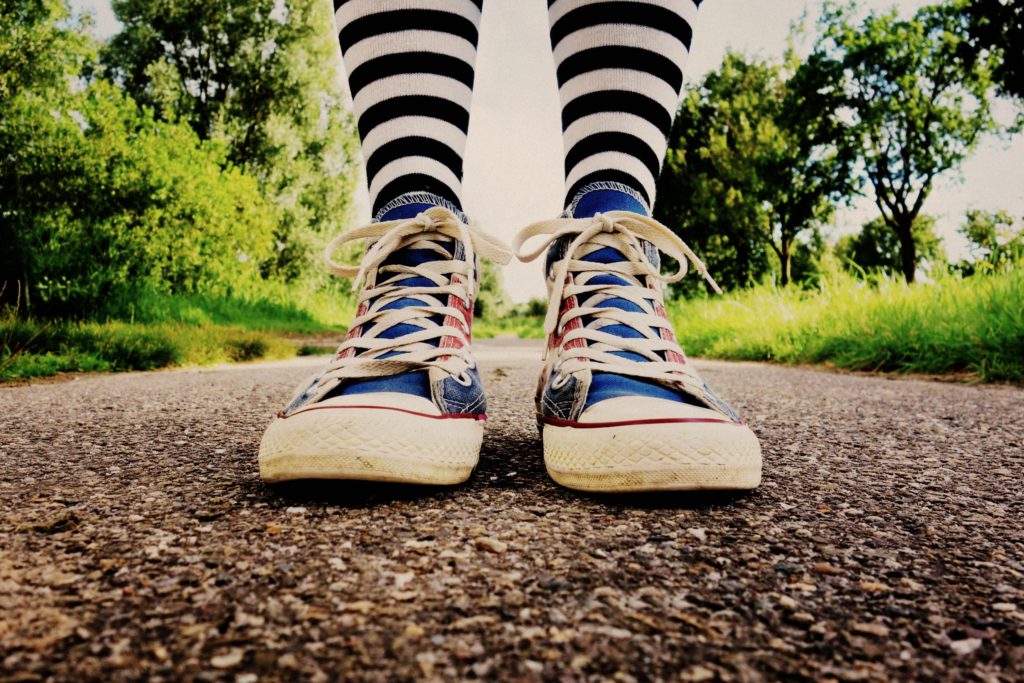
Once upon a time, adult socks came in white or dark solids. No more. Men and women alike are buying socks printed with favorite cartoon characters, television show icons, witty sayings, and even original art. Make sure your shop has the styles your customers want to wear with every outfit they buy.
7. Costume jewelry

Jewelry is a must-have for almost every outfit. But few people are willing to buy fine jewelry anywhere except in a jewelry store. But quality costume jewelry is a very popular alternative. Not only is it more affordable, but it also usually offers a higher profit margin and lower cost of shrinkage — both pluses for small businesses.
6. Sunglasses
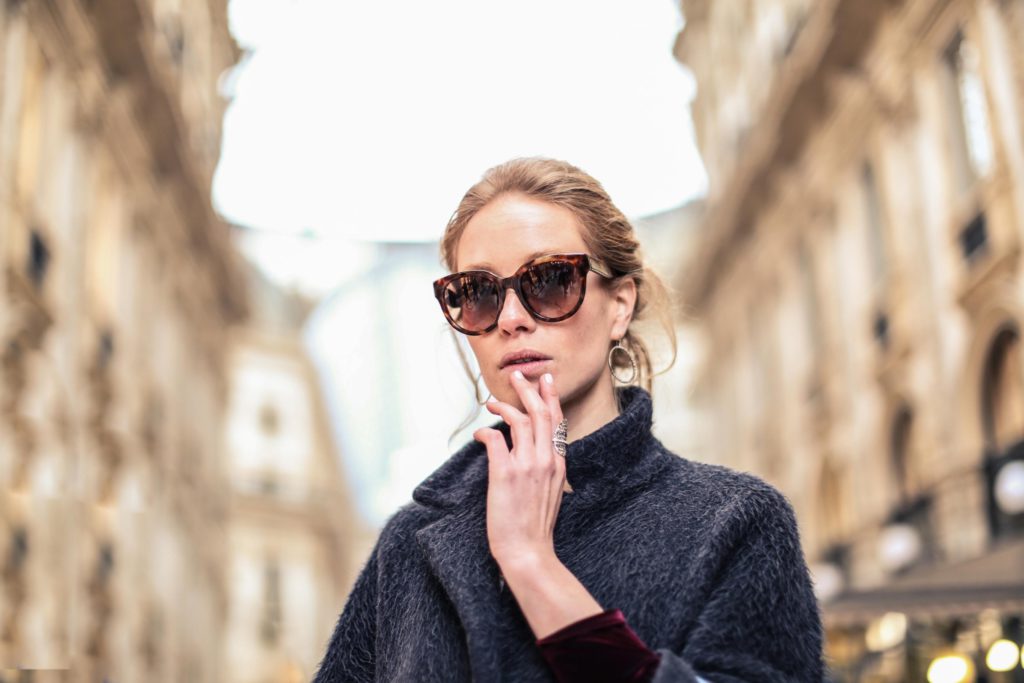
Sunglasses can run the price point continuum from very cheap (a couple of dollars a pair) to very expensive ($500 and up.) But at both ends of the spectrum, they work well as a spur-of-the-moment add-on purchase. Check out current trends before you order and limit stock on hand… what sells well this week in eyewear might be passé the next.
5. Hair accessories
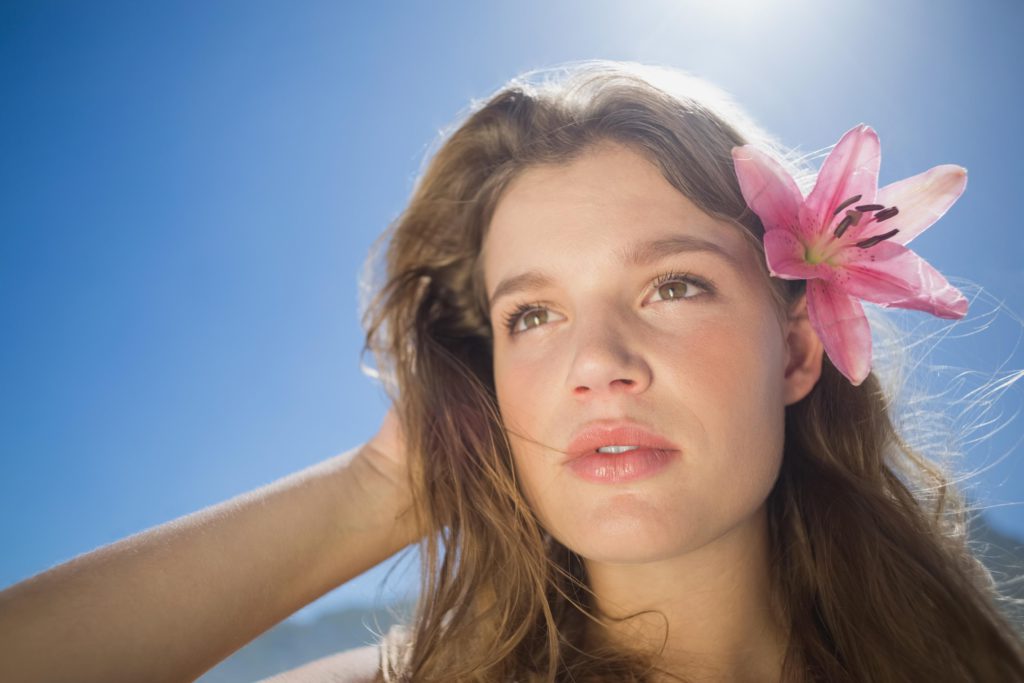
Hair fashion accessories are typically an inexpensive item, but those little sales add up. A few dollars added to each outfit sold, or even as stand-alone sales when a customer isn’t buying clothing adds up quickly. Profit margins are usually excellent on these items, so keep enough stock and a variety of choices on hand.
4. Belts
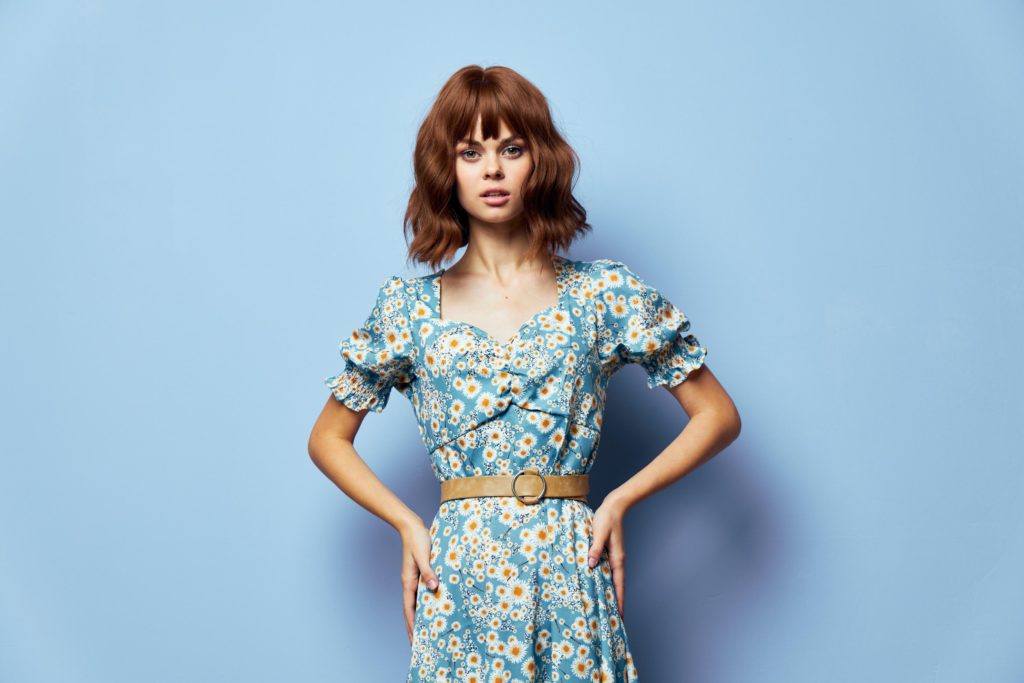
Whether you’re targeting men, women, or both, belts are an important part of your accessories selection. Make sure you have unique, unexpected choices in belts as well as more standard black, brown, and tan choices for maximum sales. An added sales bonus? Offer regional, themed, and custom belt buckles, too for extra up-sell opportunities.
3. Hats as Fashion Accessories
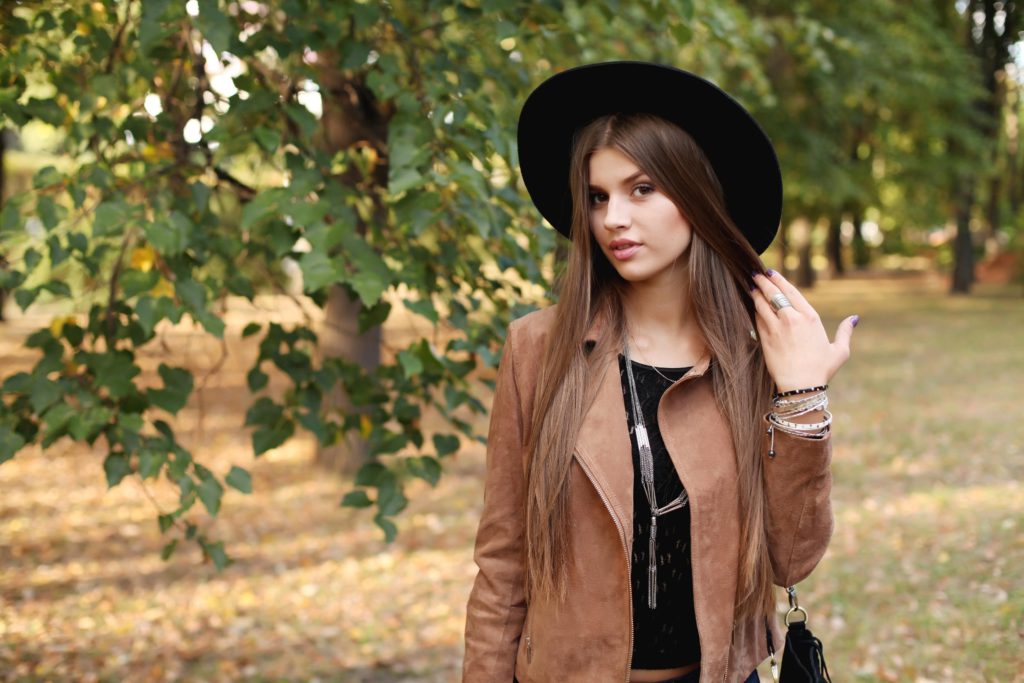
Sports hats. Evening hats. Retro hats and modern hats. Hats are making a big comeback in the fashion world, so make sure your shop is ready for the demand. Wholesale options are available for every market, from couture to discount, so do your demographic homework and find the right headwear for your customers’ style.
2. Camisoles
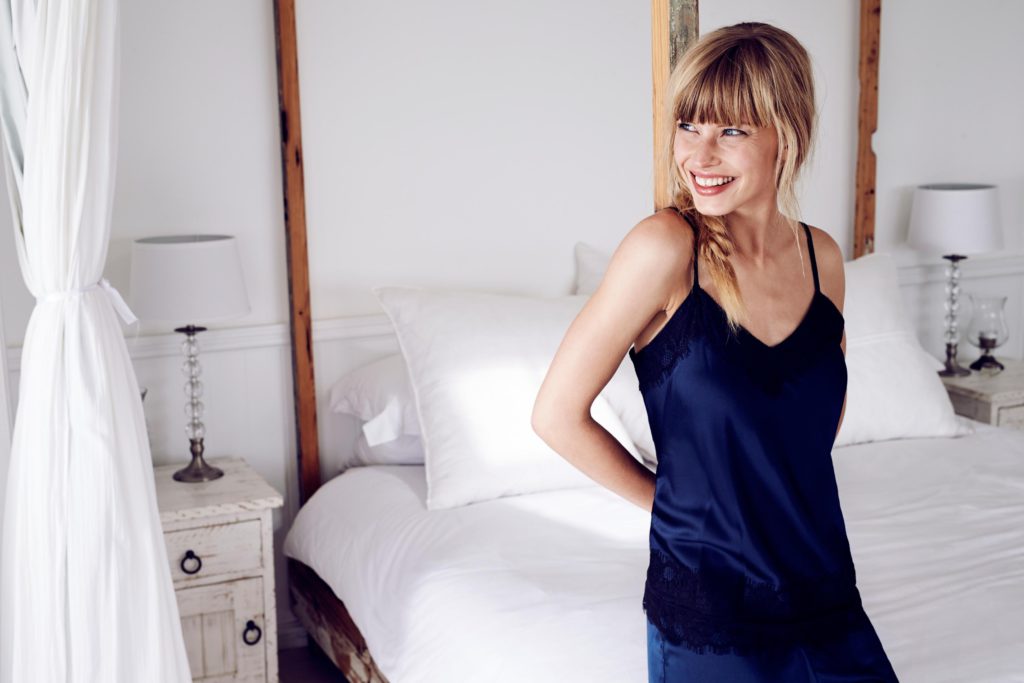
Camisoles are difficult to pin down items. To some, they’re foundation garments. To others, everyday clothing. But most female shoppers look at camisoles as a fashion accessory to be paired with other clothing. If you’re planning on selling women’s clothing, keep a basic selection of solid black, nude and white camisoles on hand in the full range of sizes.
1. Whatever your customers ask about
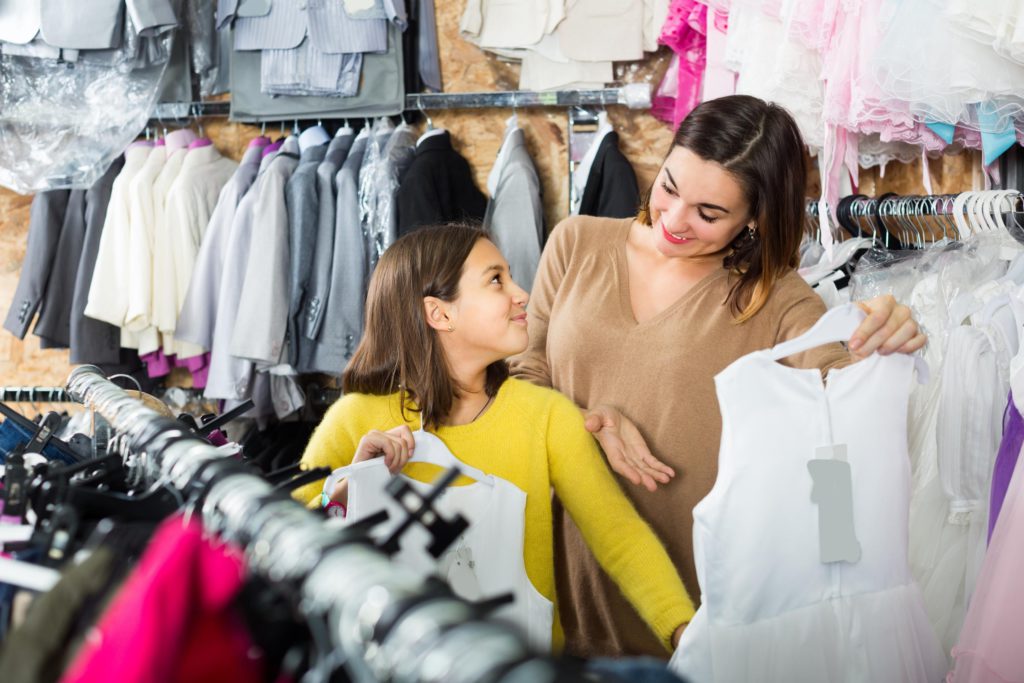
When it comes down to it, the fashion accessories you need to sell in your store are the ones your customers are buying or asking for. Don’t get too attached to “should carry” advice, and miss out on potential sales. If a common customer request fits in well with your product mix and style, by all means, add it to your inventory. In the end, the rules for a successful store are written by the customers.
Deciding what to carry… and what to leave for other merchants… takes time and experience. Keep good records of what sells and what people request. Look at what stores are similar to your stock. Over time, you’ll learn more about your business and what it takes to keep those daily totals looking good.

